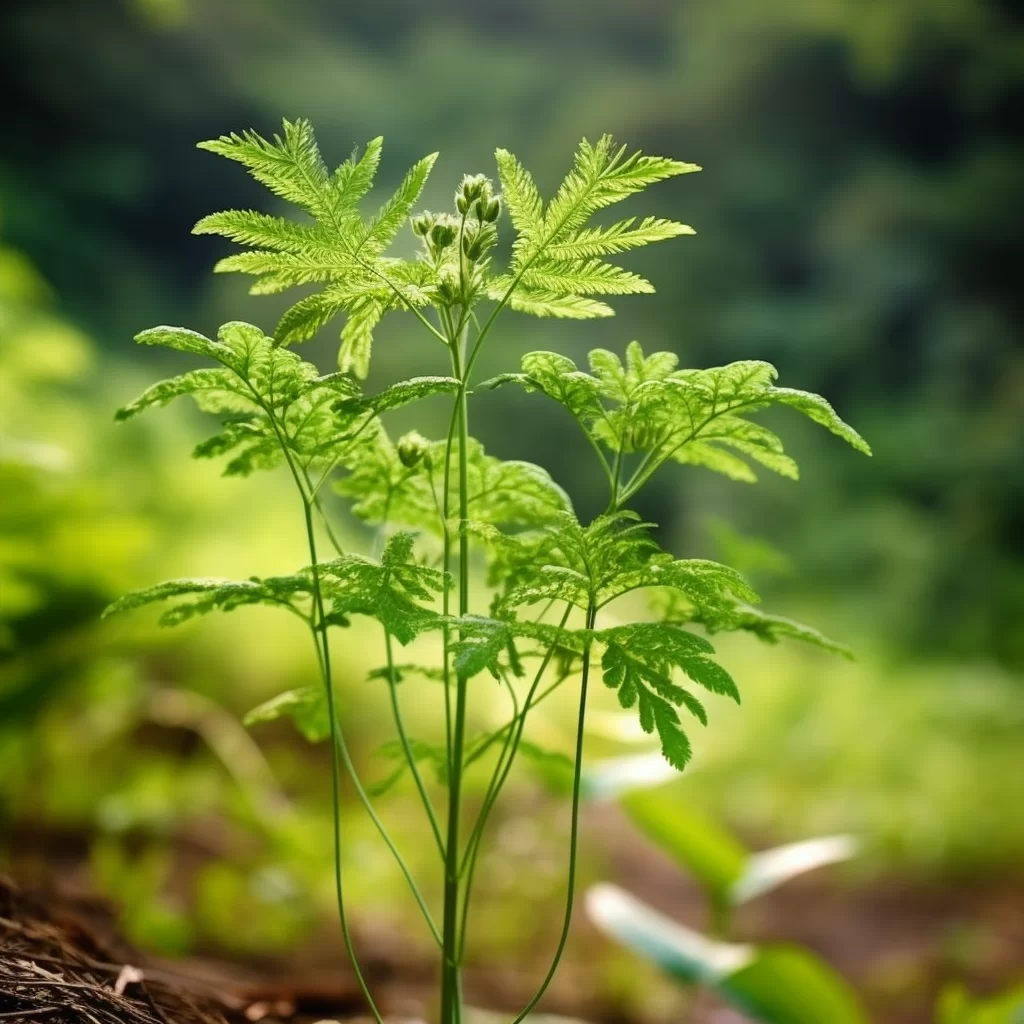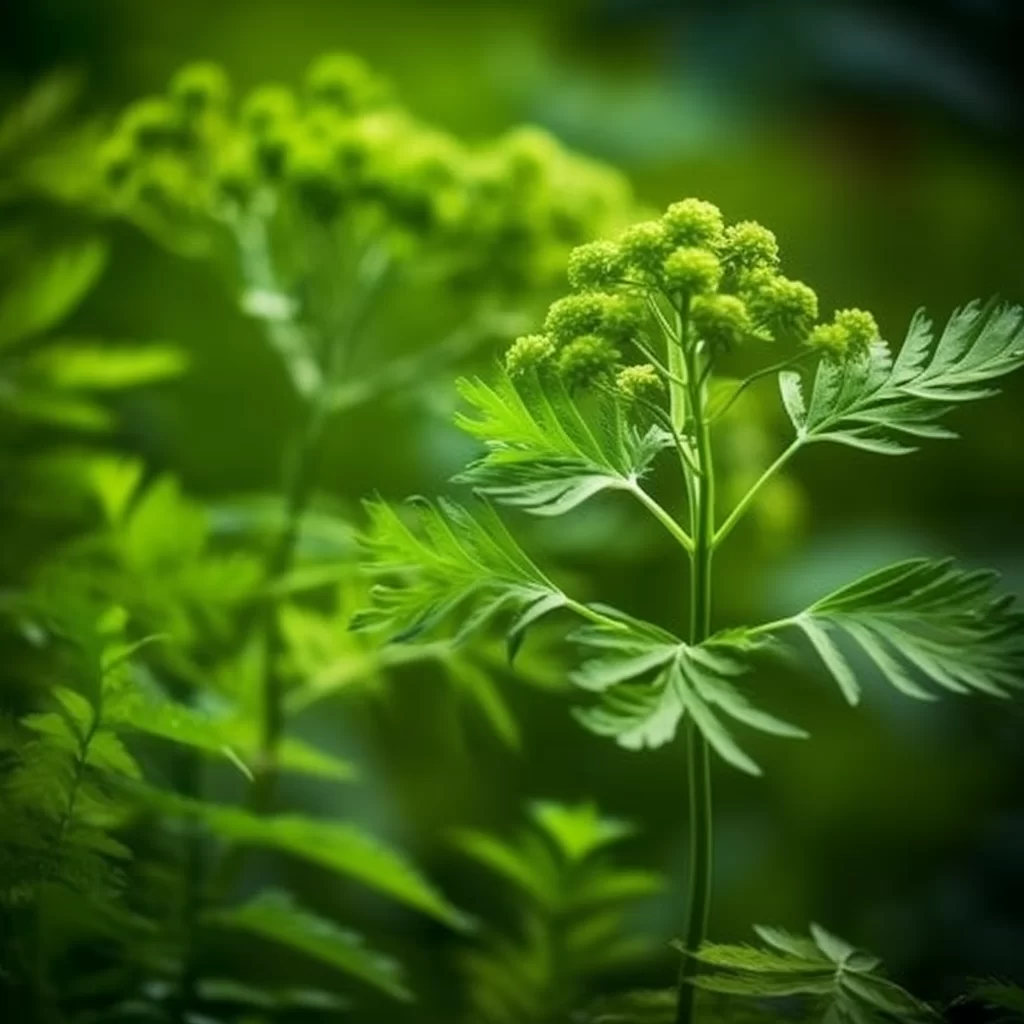Story of Day :
Contents
Sweet Cicely Plant: A Complete Guide and Care Tips
Are you looking for a unique herb that can add both flavor and beauty to your garden? Look no further than the sweet cicely plant! This herb is not commonly grown in gardens, but it is definitely worth considering.
In this article, we will provide you with a complete guide to the sweet cicely plant, including care tips and usage suggestions.
What is Sweet Cicely?
Sweet cicely (Myrrhis odorata) is an herbaceous perennial native to Europe and Asia.
It belongs to the Apiaceae family along with carrots, parsley, dill, and fennel.
The plant grows up to 3 feet tall with fern-like leaves that are divided into many leaflets.
The flowers of sweet cicely bloom in late spring or early summer in clusters of small white umbels.
They are followed by small brown seeds that resemble cumin seeds.
The entire plant has a strong anise scent when crushed or bruised.

Care Tips for Sweet Cicely
- Location: Sweet cicely prefers partial shade but can tolerate full sun if given enough water.
- Soil: It grows best in moist soil rich in organic matter with good drainage.
- Watering: Keep the soil evenly moist but not waterlogged.
Water deeply once a week during dry spells.
- Fertilizer: Apply compost or well-rotted manure around the base of the plants every spring before new growth appears.
- Mulching: Mulch around plants with leaves or bark chips to retain moisture and suppress weeds.
- Propagation: Sweet cicely can be propagated by seed or division.
Sow seeds in spring or fall, or divide established plants in early spring.
- Pests and Diseases: This plant is generally pest-free but may be susceptible to powdery mildew if grown in humid conditions.
To prevent this, provide good air circulation around the plants and avoid overhead watering.
Uses for Sweet Cicely
The leaves of sweet cicely are edible and have a mild anise flavor that is similar to fennel.
They can be used fresh or dried as a seasoning for fruit dishes, salads, soups, stews, and sauces.
The roots of young plants can also be eaten raw or cooked like carrots.

In addition to its culinary uses, sweet cicely has medicinal properties that have been recognized since ancient times.
It was believed to aid digestion, soothe coughs and sore throats, relieve flatulence and colic, improve appetite, reduce feverish colds and allergies.
Sweet Cicely Varieties
- ‘Golden Jubilee’: This cultivar has bright golden-yellow foliage that contrasts beautifully with the white flowers.
- ‘Sweet Spot’: A compact variety that grows up to 12 inches tall with fern-like foliage that smells like licorice when crushed.
- ‘Variegata’: This cultivar has variegated green-and-white leaves that add interest to shady areas of the garden.
Closing Thoughts on Sweet Cicely Plant Care Tips & Guide

Sweet cicely is an excellent addition to any herb garden, as it is both ornamental and useful.
Its fern-like foliage adds texture and interest to beds and borders, while its anise-scented leaves can be used in a variety of culinary dishes.
Plus, its medicinal properties make it a valuable herb to have on hand.
If you are looking for an unusual yet easy-to-grow plant that will provide beauty, fragrance, and flavor in your garden sweet cicely is the way to go.
With proper care and maintenance like watering them regularly but not excessively or allowing the soil to dry out completely between waterings you can enjoy this unique herb for many years!